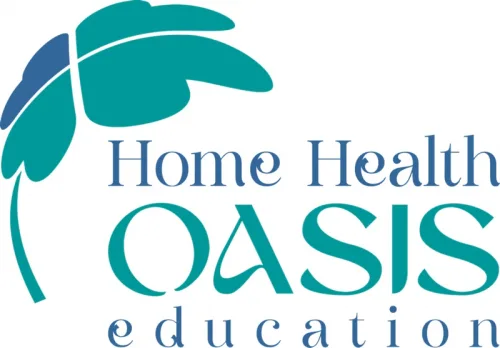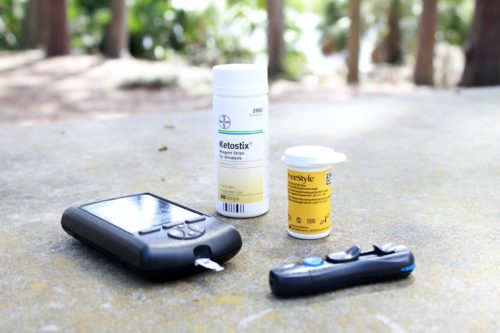

This question M1830 on OASIS-E discusses patient’s current ability on safely taking shower and washing entire body. Evaluating clinician must pay close attention to the tasks included for evaluation. Tasks considered under this question M1830 include:
- Ability to access the site of washing – shower or a tub and ability to safely transfer in and out of the shower or tub.
- Ability to safely wash entire body once the needed supplies are within reach, excluding shampooing of hair and washing face and hands. The tasks of washing face and hands, shampooing of hair are explicitly excluded on this question, as they were already considered as part of grooming.
- Also, ability to prepare water for shower in the tub, accessing bathing supplies, towels, and other implements are also excluded while assessing an individual’s ability on safe performance of bathing.
- Use of shower assistive devices, such as, shower seat, rotating transfer tub bench, bath lift, grab bars, safety rails, adaptive bathing sponge, foot brush, handheld shower, and long-handled bathing wand and back scrubber can be considered by the patient independently or with caregiver supervision and/or assistance.
Answers for Question M1830 on OASIS-E
- This is a single response question for which choices are provided indicating patient’s independence and a varying range of caregiver dependence.
- Choice zero on the question indicates patient to be totally and safely independent on all the tasks included. This patient does not need any assistive devices or caregiver assistance for safe shower performance.
- Choice 1 indicates ability of the patient to safely access the site of washing – shower or tub and independently able to wash the entire body, but with the use of assistive devices. The individual must be safely independent at accessing and using all the shower assistive devices employed for the task to be rated 1 on the performance. Individuals needing caregiver cues and reminders for safe access and use of assistive devices would not qualify for a rating of 1. This patient needs assistive devices but does not need caregiver assistance at any point of task performance.
- Choices 2 to 6 indicate a patient needing caregiver assistance during task performance, with the level of dependence progressively increasing as we go from choices 2 to 6.
- Choice 2 indicates a patient able to use the shower or tub for bathing, but with caregiver intervention only intermittently during task performance. Intermittent caregiver intervention could involve offering assistance with getting in and out of shower or tub, merely offering cues, or offering manual assistance during the actual performance of shower. This patient could need shower assistive devices for improved independence and safe task performance and could also require caregiver assistance at accessing and using them safely. This patient, able to use the shower or tub, needs only intermittent caregiver involvement but not for the entire duration of shower.
- Choice 3 indicates a patient able to use the shower or tub for bathing, but only with caregiver intervention throughout the duration of task performance continuously. Continuous caregiver intervention could involve offering assistance with significant portion of the tasks included under taking a shower. This patient could also need shower assistive devices for improved independence and safe task performance and require caregiver assistance at accessing and using them safely. This patient, able to use the shower or tub, needs continuous caregiver involvement throughout the duration of shower for safe task performance.
- Choice 4 indicates a patient unable to use the shower or tub due to medical restrictions or safety concerns. This patient is able to safely and independently complete the task of bathing self in bed or access and bathe self at the sink or sitting in a bedside chair or on the commode. This patient may need shower assistive devices for independent task performance but is safely independent at accessing and using all the devices employed for the task. This patient, unable to use the shower or tub, but is safely independent with washing self in the bed or sink or on the commode with or without use of assistive devices and does not need caregiver assistance in any form and at any point of task performance.
- Choice 5 indicates a patient unable to use the shower or tub due to medical restrictions or safety concerns. This patient is able to safely participate in the task of bathing self in bed or accessing and bathing self at the sink or sitting in a bedside chair or on the commode. This patient needs caregiver assistance in the form of either supervision, offering cues and reminders, or manual assistance with having the patient sit up in bed or chair or reaching the sink or transferring over to the commode or bedside chair or washing difficult to reach areas of the body like lower extremities and back. This patient, unable to use the shower or tub, definitely needs caregiver involvement but also participates in the task performance.
- The last choice on the question, choice 6, indicates patient to be completely dependent on caregiver assistance and is totally bathed by another person, regardless of where the bathing happens. This patient practically has no active participation during task performance and thus is hundred percent caregiver dependent.
Editor's Pick
Leave A Comment
Related Posts
Transition from OASIS-E to OASIS-E1: Key Changes and Implications for […]
Importance of Clinical Narrative and Nurse Teachings while Documenting Home Health OASIS Assessments
Importance of Clinical Narrative and Nurse Teachings while Documenting Home […]
Navigating the Complexities of Medicare and Medicaid Reimbursement for Home […]
Engaging Your Team Around the IPR: Turning Data into Motivation […]
Engaging Your Team Around the IPR: Turning Data into Motivation […]

